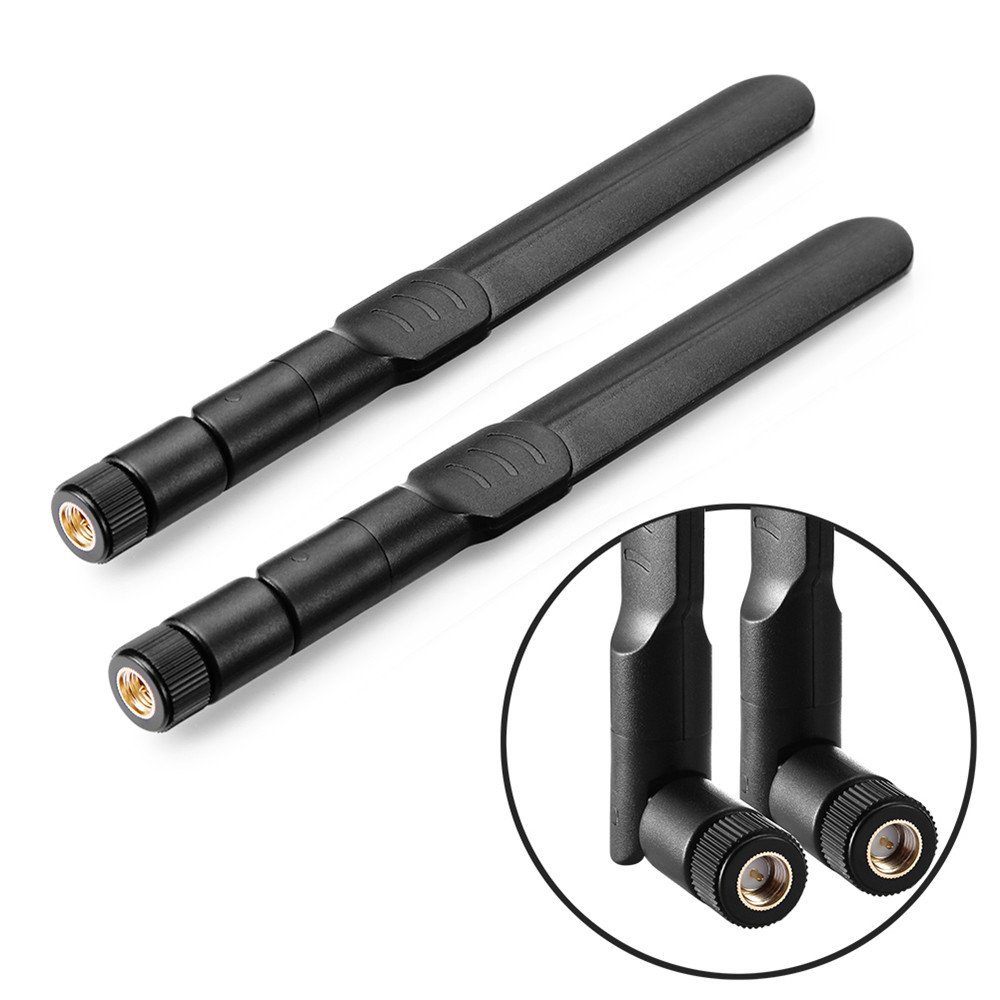How to choose antenna for 4G SIM Router
If you want an industrial 4G SIM Router can receive and send good 3g 4g signal, a suitable cellular antenna is a necessary accessory. There are so many types of antenna in market, and how we can select a suitable antenna for our 4G SIM Router?

When selecting an Antenna for M2M Wireless, there are a number of factors that must be considered, both from the ISP’s running bands and from a practical perspective of how the antenna is to be installed, as well as the 4G SIM Router’s using environment, outdoor or indoor, location’s signal quality etc.
Your antenna should be designed for use with the technology you are using. For example, if it is for 4G LTE, Wi-Fi or GPS. 4G LTE requires a much wider frequency band, with LTE frequencies ranging from 700Mhz up to multiple GHz in frequency. Often, your antenna will be quoted for a gain at a specific frequency but the frequency band you actually use will have a much lower gain.
If your 4G SIM Router using GPS feature, then antennas for GPS are typically much more directional – it is important that these antennas are pointed upwards. Antennas for Wi-Fi and 4G are typically omnidirectional but will be designed to direct most of their energy outwards rather than upwards. For best performance, the antenna should be mounted in the correct orientation.
4G and Wi-Fi antennas may be MIMO – Multiple Input Multiple Output. These antennas are actually multiple antennas contained in the same housing. The modem would then use the antennas in concert to achieve better performance and noise rejection. Wi-Fi antennas are either single or dual band, where often the 5Ghz band will use a different element than the 2.4Ghz band.

When choosing antennas for use with cellular applications, you should ensure that your antenna is designed for use with the 4G network. Each type cellular antenna own its supported 3g 4g bands and frequencies, match for different locations’ different network. If you choose a wrong antenna, maybe you will not make 4G 3G dial up online at all.
Most 4g sim routers these days will come with two 4G antennas – the main antenna and the diversity. The diversity antenna is not strictly required for the modem to work, but it is recommended that it is used for its best performance. MIMO antennas, which pack both the diversity and main antenna into a single plastic case, provide a continent solution to this problem.
The most obvious aspect of choosing an antenna is the form factor. Typically, a higher gain antenna will have a larger size and may be designed for mounting on a rooftop or antenna mast for higher performance. These antennas offer the best performance, but they are more expensive and harder to install. You might be able to get the same performance from a small modem-mounted antenna, a screw-mount low profile antenna or a magnetic antenna.

If you are not in a rural area, these antennas will probably offer you acceptable performance. In areas with reliable coverage, they can achieve the same results as a more expensive antenna. Where this style of antenna fails is when you are installing the modem into a metal cabinet. A metal cabinet acts as a faraday cage and prevents radio waves from penetrating the enclosure. This prevents cellular equipment from getting a signal or makes it so weak as to be unusable.

 Networking
Networking EMBEDDED SYSTEMS
EMBEDDED SYSTEMS Switches
Switches Wireless Solutions
Wireless Solutions Industrial Computer
Industrial Computer Cloud Services
Cloud Services



